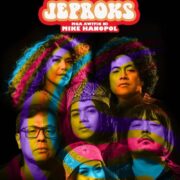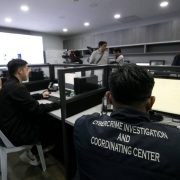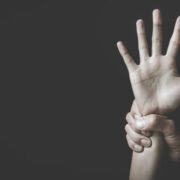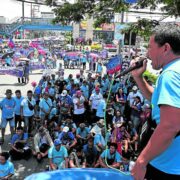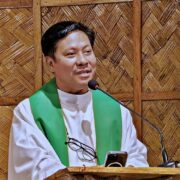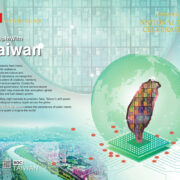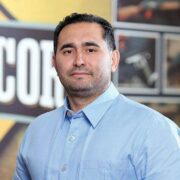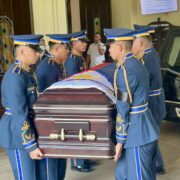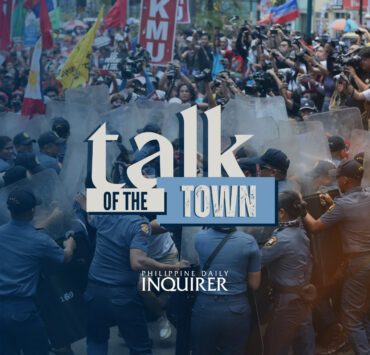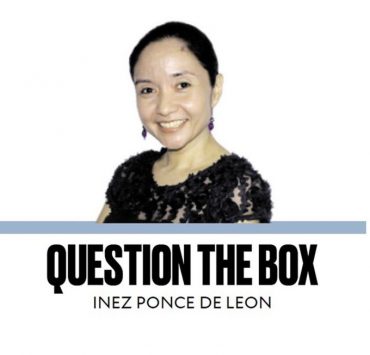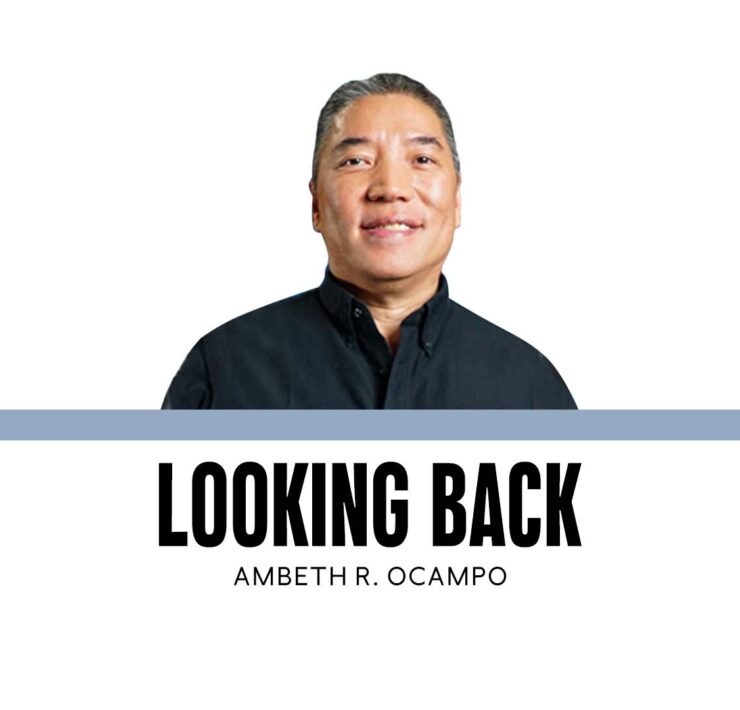Popes and history
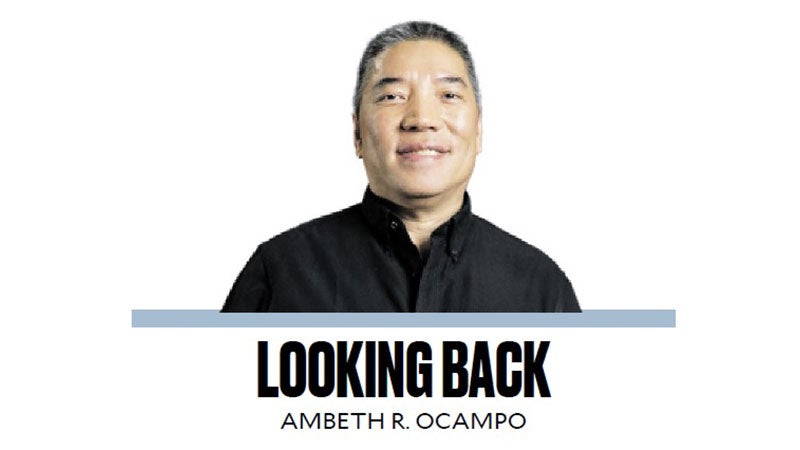
When news of Pope Francis’ serious bout of double pneumonia was made public, the spotlight moved from him to the so-called “papabile” or Cardinals who are considered front-runners to succeed him to the Chair of Peter. Much has been said, of course, on the chances of Cardinal Luis Antonio Tagle who used to be a serious contender some years back but has since receded into the background—except in the Philippines.
“Walang basagan ng trip” as the saying goes, but from the current list of “papabile,” it is clear that Tagle’s main strengths are also his downfall. First is his youth. If elected at 67, it means a long pontificate that will leave many who aspire for the position in the dust. Second, he is seen as a liberal; this may be good for the public, but not for the Cardinals who are generally conservative in their theology. If elected, he will be the first pope from Asia, again something good for the public, but then the history of the papacy shows it is not about inclusion. At least 217 of the 266 popes were Italian. Only one was a Pole, John Paul II, and one was an Argentinian, Pope Francis. If we are talking of candidates from the Global South, there are two Africans who can give Tagle a run for his money: a 76-year-old Cardinal from Ghana or a 65-year-old from Congo can very well be the second African pope since the 5th-century Gelasius I.
When I messaged Cardinal Pablo Virgilio David yesterday with a simple text, “sede vacante,” his reply was simple, “Pray for us. I am confident that God will make us choose the right successor.” I wish I had the same strong faith, but then that is why I remain a kibitzing historian while he is a Cardinal elector at the next conclave. I’m sure there will be a renewed interest in last year’s thriller, the film “Conclave,” which didn’t make a dent in Manila. I caught it on a flight to Europe some weeks ago, and it gave me an idea of what it’s like— from the death of a pope to the election of his successor.
It is not well-known that the Inquirer’s resident economist and social scientist Mahar Mangahas runs a daily post on obscure saints. How I wish he could use his Social Weather Stations skills to comment more authoritatively on the chances not just of the three Filipino Cardinal electors: Jose Fuerte Advincula, Tagle, and David but also the two non-voting retired cardinals who remain on the roster: Gaudencio Rosales and Orlando Quevedo. All 252 current cardinals are contenders to the papacy but only 138 (those under 80 years) are qualified to cast their vote.
How will the 138 electors come up with a majority when they don’t know everyone in the Sistine Chapel and those on the roster? One can’t but trust that the elections will reflect God’s will rather than the will of men. Those who aspire to be pope do not express or demonstrate this publicly and they are forewarned by the Italian saying, “Chi entra papa in conclave, ne esce cardinale (Whoever enters the conclave as pope, leaves it as a cardinal.)” If you are interested in finding out more about all the current cardinals and their background there is an unofficial but impressive-looking website called “collegeofcardinalsreport.com” that provides well-researched profiles.
In another time and another life, I wrote “Santo,” a column in the Inquirer lifestyle pages on the lives of obscure and eccentric saints. I dug up my notes and crunched some numbers. Of the 266 popes, 83 have been canonized and recognized as saints by the Catholic Church. Actually, the first 35 popes starting with St. Peter are all saints from this group. All but four were martyred or killed for their faith. Notable among them were: St. Peter, crucified upside down; Pope St. Clement, who drowned after being thrown into the sea with an anchor on his neck; Pope St. John I, who starved to death in prison. In 2014, two popes from the last century were canonized John XXIII and John Paul II.
In olden times, popes were more than spiritual leaders; they wielded temporal or political power. Not as holy as we want them to be, they were very human. Unlike celibate popes in our time, some popes were married, starting with St. Peter. The gospels say he had a wife. Some popes were widowers like Felix III, Hormisdas, Clement IV, and Honorius IV. There were popes who had children, popes who were straight, gay, or bisexual. Of this, the one with the wildest story is Paul II, who was believed to have died from indigestion after eating a melon, but his detractors claimed he died while being sodomized. Popes who died of old age or natural causes do not catch the attention of those who were dispatched by murder: Stephen V, Leo V, and Benedict VI were strangled, John VIII was poisoned, John X was smothered with a pillow, and John XII murdered by a jealous husband who caught the pope in bed with his wife!
Of the 266 popes, only 34 were members of religious orders: 17 Benedictines, six Augustinians, four Canons Regular, six Franciscans (two of the six were Conventual Franciscans), four Dominicans, two Cistercians, one Caldomese, and one Jesuit—the beloved Pope Francis. Just crunching numbers and data provides hours and hours of fun.
Ambeth is a Public Historian whose research covers 19th century Philippines: its art, culture, and the people who figure in the birth of the nation. Professor and former Chair, Department of History, Ateneo de Manila University, he writes a widely-read editorial page column for the Philippine Daily Inquirer, and has published over 30 books—the most recent being: Martial Law: Looking Back 15 (Anvil, 2021) and Yaman: History and Heritage in Philippine Money (Bangko Sentral ng Pilipinas, 2021).



